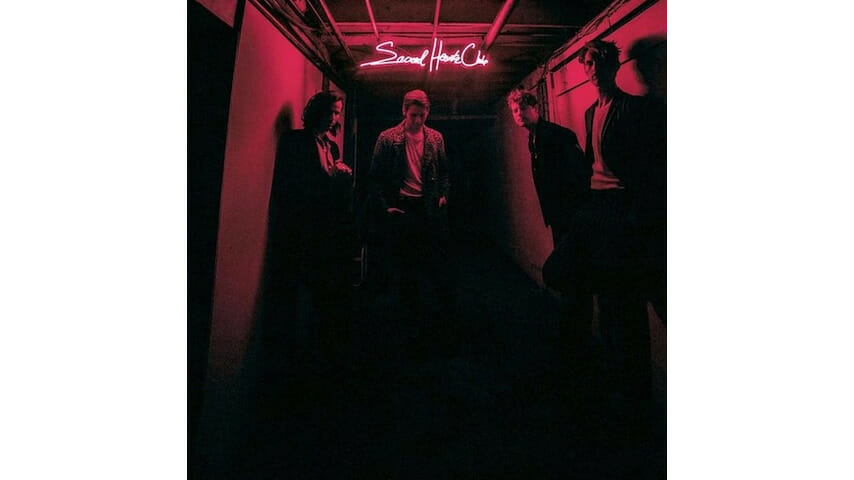Foster The People: Sacred Hearts Club

Indie-pop outfit Foster the People’s third record, Sacred Hearts Club, is a mesmerizing journey that expounds on the ideas initially laid out on 2011’s Torches. It takes a step forward from the disappointingly bland Supermodel from 2014 by incorporating new sounds to give a sense of invigorating evolution, instead of sputtering out like a jaded band weary from the musical grind.
Instrumentally speaking, Sacred Hearts Club relies heavily on its rhythmic components such as trap beats and and a groove-focused impetus, previously unexplored territory for the band. These hip-hop influences aren’t lazily integrated into the mix, either. The album’s production feels slick, thought out and detailed. The vocal echoes of “Loyal Like Sid & Nancy,” the erratic drum pattern of “Doing it for the Money” and the spacey, swung synths in “Static Space Lover” all lend the album a more nuanced atmosphere.
Foster the People’s debut album, Torches, was similar in this respect. It was filled with tickling synths and playful vocal manipulation that provided a crucial, supportive layer to the whole experience. Sacred Hearts Club accomplishes the same goal, but in a largely different manner. Although playful and bubbly at times, the record has a darker side that shows that the band has matured and flourished since their arrival. This isn’t to say that Torches was light-hearted (“Pumped Up Kicks” was about a school shooting), but the instrumentation this time around embraces a more foreboding sentiment than its predecessors. This previously uncharted territory and attention to detail can come across as bold and daring, but that’s the best part of the album.
-

-

-

-

-

-

-

-

-

-

-

-

-

-

-

-

-

-

-

-

-

-

-

-

-

-

-

-

-

-

-

-

-

-

-

-

-

-

-

-








































